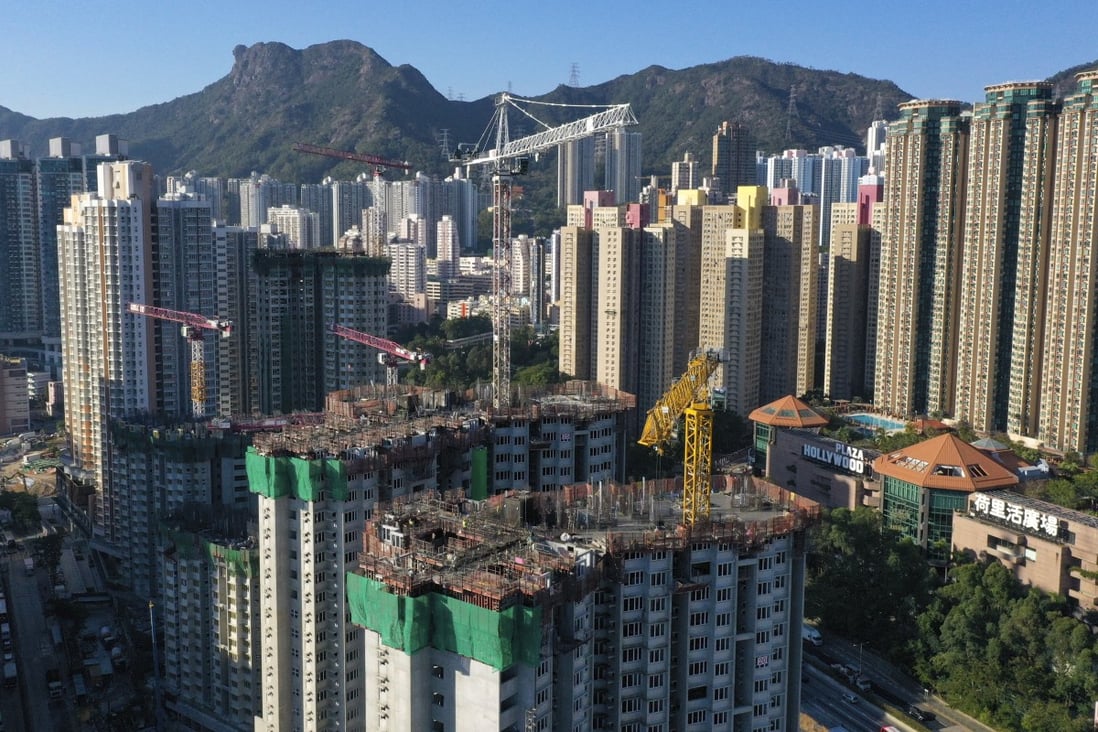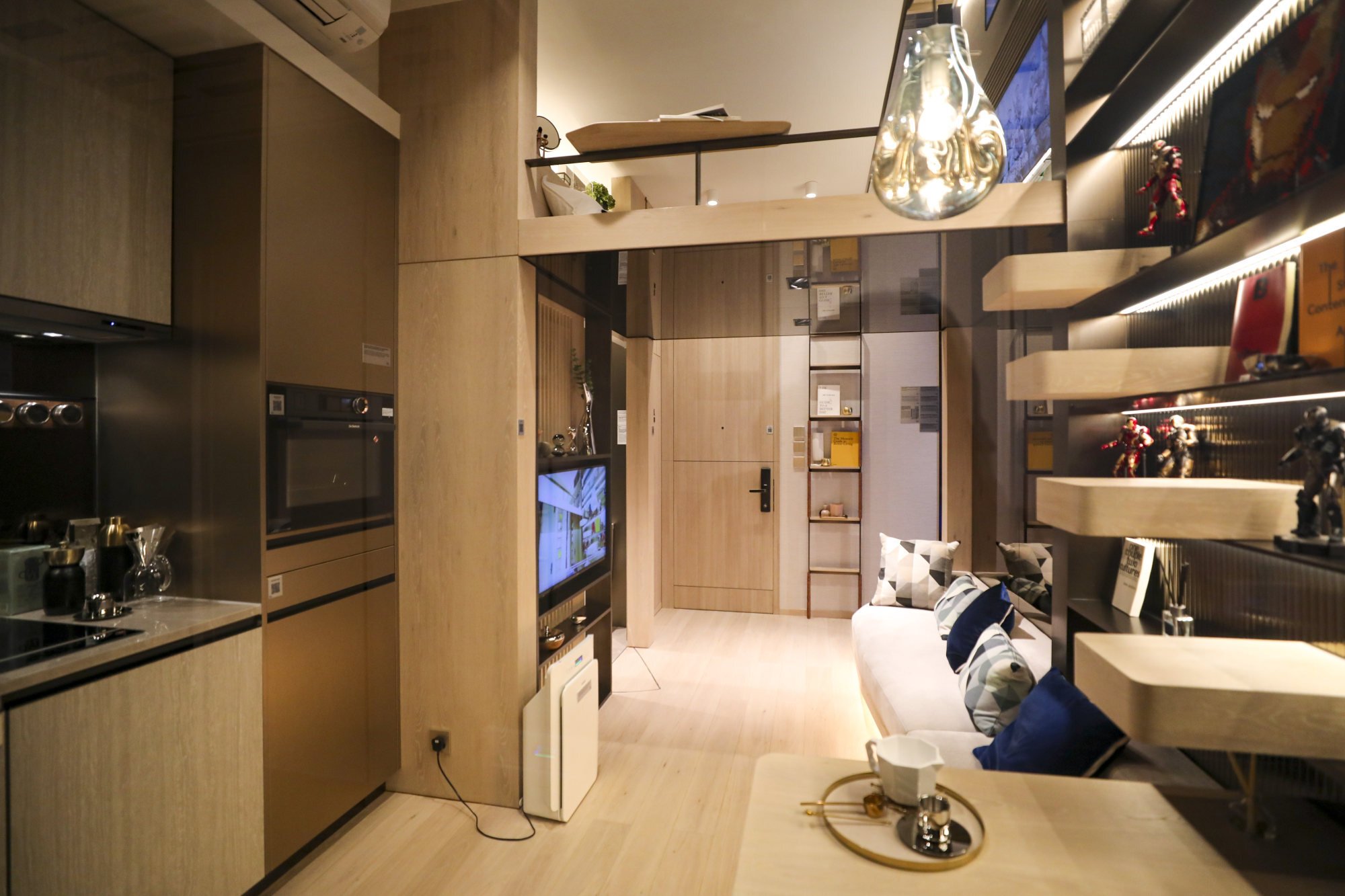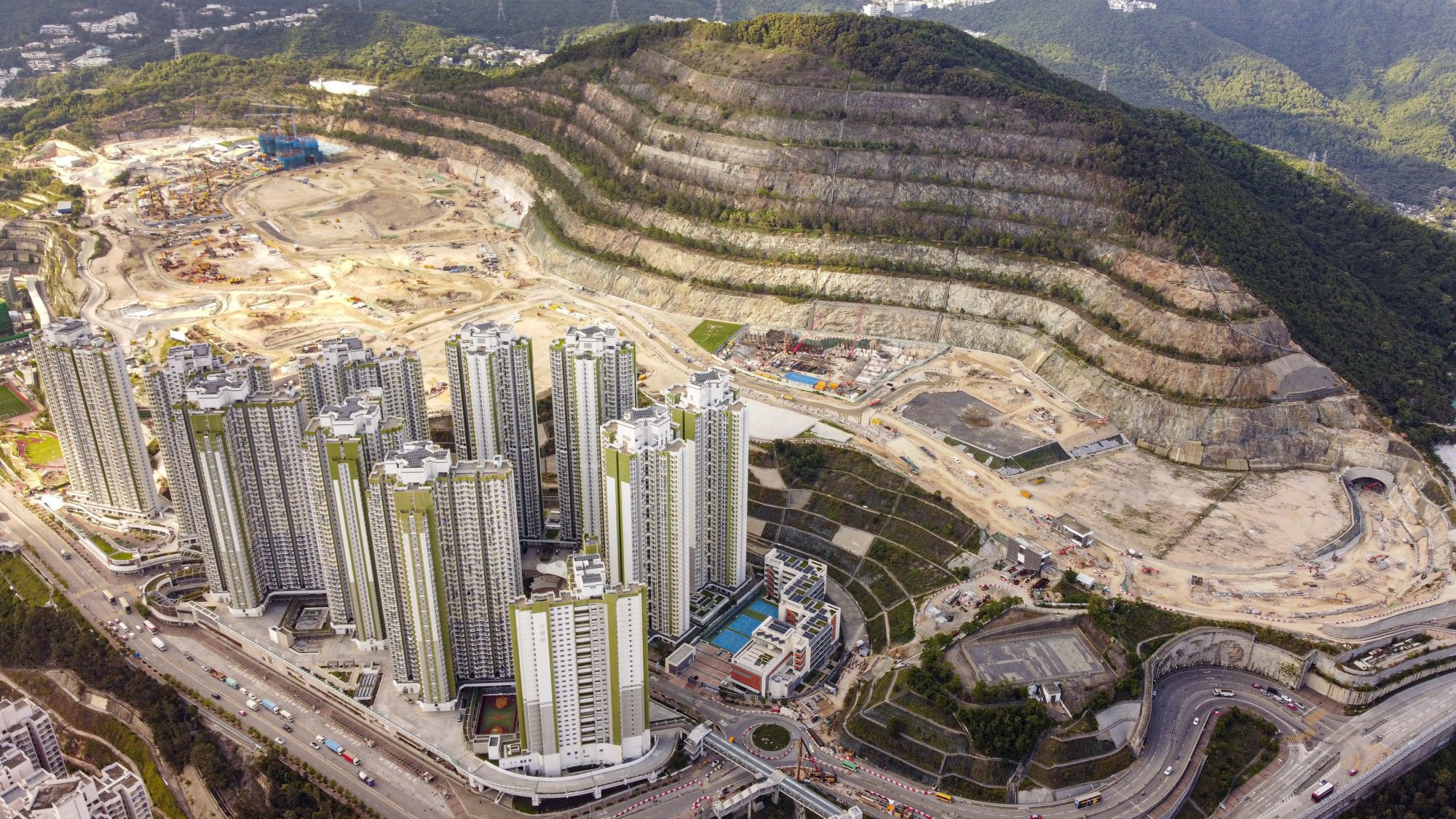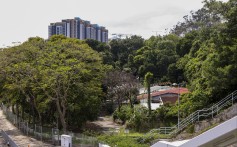The 280 sq ft minimum size requirement aims to ‘strike a balance’ between regulating the market and giving developers flexibility, says development chief Michael Wong
Smaller units with size restrictions could cost more, push first-time homebuyers towards nano flats, analysts say
Edith Lin

Developers say high property prices have forced them to build small so as to make homes affordable to more buyers. Photo: Dickson Lee
The sale of Hong Kong’s first plot of land earmarked for residential flats that must be at least 280 sq ft ended in failure last week, after the government rejected bids from five major developers for the site in Tuen Mun, saying none of the offers met its reserve price.
While analysts blamed the site’s constraints and prevailing market uncertainties for the failure, public attention has been drawn to the size rule that was first introduced in December for the world’s most expensive property market.

A furnished nano show flat of about 200 sq ft. Photo: Xiaomei Chen
1. Why did the government introduce this policy?
Developers in Hong Kong have been building more shoebox homes, known as “nano flats”, that can be smaller than 300 sq ft or even 200 sq ft. Many do not have an enclosed kitchen or bedroom, or a window in the bathroom. According to civic group Liber Research Community, private developers have built more than 10,000 nano flats below 260 sq ft over the past 10 years.
Developers say high property prices have forced them to build small so as to make homes affordable to more buyers.
Announcing the policy in December, Secretary for Development Michael Wong Wai-lun said the government decided to respond to people’s aspirations to live in bigger homes and require developers to build flats no smaller than 280 sq ft.
Although no bids were accepted in the Tuen Mun sale last week, the government said it would continue to impose this restriction for future sales.
2. Why 280 sq ft?
The secretary said he had drawn reference from a subsidised housing project on Anderson Road in Kwun Tong, launched last year for first-time buyers, with the smallest flats at 250 sq ft. He said it was appropriate to set the minimum size 10 per cent bigger for private housing.
Wong noted that about 13 per cent of private housing homes built in the past five years were smaller than 280 sq ft, and said having an even lower limit would defeat the purpose of the restriction.
He said the size would “strike a balance” between regulating the market and giving developers flexibility.

The Anderson Road quarry site in Kwun Tong. Photo: Martin Chan
3. What sites and projects are covered? Are there any exemptions?
Private homes to be built on sites from government land sale, railway property development projects, and homes built by the Urban Renewal Authority are subject to the rule.
Redevelopment projects by developers are also governed by the new rule if they have to modify their lease or conduct a land swap.
However, developers building on “unrestricted leases” need not follow. Such leases, granted in the early colonial period and which do not warrant modification on redevelopment, can be found on Hong Kong Island and in Kowloon.
Hong Kong nano flat project failed to take off due to market woes, site limits: analysts
28 Apr 2022

Lau Chun-kong, managing director of Colliers International, said such private projects with unrestricted leases contributed about 2,100 flats of the government’s target supply of more than 17,000 in this year’s land sale programme.
“In those 2,100 flats, not all of them are small flats, maybe just a quarter,” the surveyor said.
The restriction does not apply to public housing projects. This year’s Home Ownership Scheme, which sells subsidised flats to lower- to middle-income households, offers flats as small as 186 sq ft.
Wong earlier noted that public-sector homes could only be built 10 to 20 per cent larger than the current standard when supply became abundant in a decade.
Hong Kong has until 2049 to fix its housing crisis, but is it possible?
4. Were there previous attempts to regulate flat sizes?
An attempt in 2011 aimed to cap the size of flats rather than state a minimum on sites for sale. Then chief executive Donald Tsang Yam-kuen introduced the measure to increase the supply of small and medium-sized flats in the market as developers had been building larger homes amid an influx of outside capital. He also introduced a rule for a minimum number of flats in land sales.
Developers for a site in Yuen Long, the first plot of land with the two restrictions, had to build a minimum of 960 flats, of which at least 800 had to measure between 375 sq ft and 430 sq ft approximately, while the rest must be between 430 sq ft and 645 sq ft.
The government dropped the requirement for land sales in 2015, noting that small and medium-sized flats were already in keen demand and would be the future trend, so a size cap was not needed.
5. Are there any implications for supply and home prices?
Lau estimated that prices of small flats with size restrictions would be 3 per cent to 5 per cent higher per square foot than those of large flats in order to cover the construction cost.
He said he believed developers would follow the 280 sq ft rule, even on sites where the requirement was not mandatory.
Death of the nano flat? Hong Kong sets minimum size for new homes
30 Dec 2021

“Developers don’t only look at the demand but also the society’s concerns. They might be labelled for building small flats if they build 180 or 200 sq ft flats,” Lau said.
Chau Kwong-wing, chair professor of the department of real estate and construction at the University of Hong Kong, said he believed the new restriction might push first-time buyers into getting nano flats currently on the market.
“Now that the government has imposed restrictions, some residents may fear that they can’t afford to buy [bigger flats which will cost more] so they may go for nano flats that are available … They want to own a flat first and can trade for a bigger one when property prices go up. The government is helping developers promote nano flats,” Chau said.
Developers could aim to build more nano flats on sites without size restrictions, since the tiny homes would become “limited editions” and would sell well on the market, Chau added.
Tiny 290sq ft temporary housing a welcome upgrade for some low-income Hong Kong families
6. What are the flat restriction policies in other places?
To tackle the excessive development of shoebox units, Singapore first introduced an average flat size requirement in 2012. It stipulated that the maximum number of units per private development would be calculated by dividing the proposed building’s gross floor area by 70 sq m. The rule was tightened to an average of 85 sq m in 2018.
The British government has published a nationally described space standard for new flats since 2015. It does not have a standardised minimum flat size as it varies with the expected number of occupants. For instance, the minimum area of a one-bedroom flat for one person is 37 sq m, but is increased to 50 sq m for two people.
All private flats built in Hong Kong must be at least 280 sq ft in future under new government rule
Requirement in private sector will cover all government land sales, railway property projects, homes built by Urban Renewal Authority and redevelopment projects
Restriction was first introduced in December amid criticism that some private flats were becoming too small and applied to a site for sale in Tuen Mun
ee
All private homes to be built in Hong Kong will have to be at least 280 sq ft, the government has announced, unless in rare cases when developers face site constraints or dated leases that may not be subject to the new rule.
The minimum size requirement in the private sector will cover all government land sales, railway property projects, homes built by the Urban Renewal Authority and redevelopment projects by developers.
Hong Kong to set aside HK$100 billion for ambitious Northern Metropolis plan
23 Feb 2022

Δεν υπάρχουν σχόλια:
Δημοσίευση σχολίου